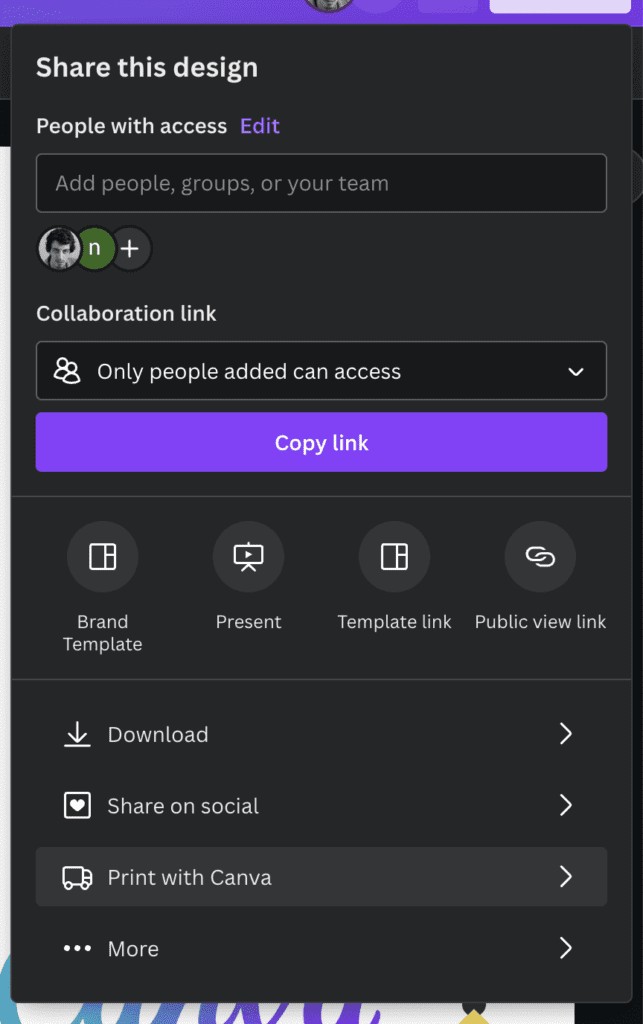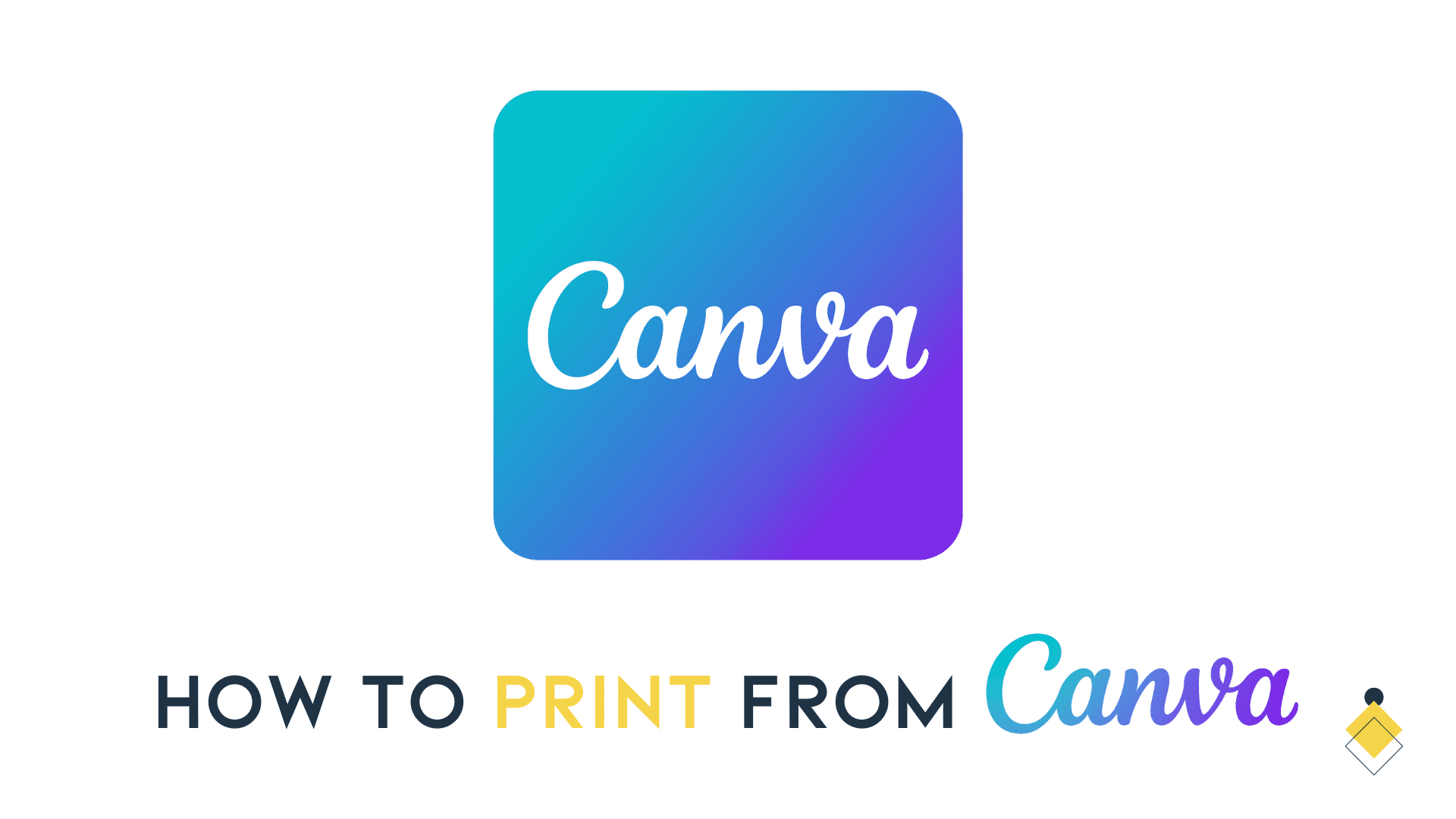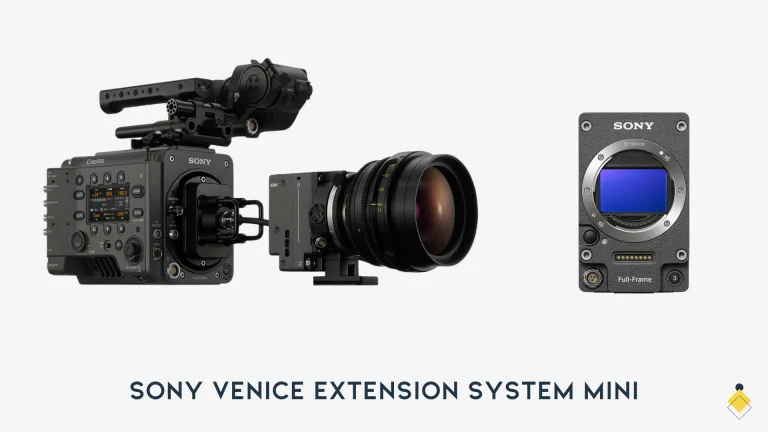We’ve used Canva a ton here at our office to design flyers, brochures, social posts, you name it. But we always hit a roadblock when it came time to actually print our designs. After testing out Canva’s different printing options, we figured out the best ways to print from Canva for any project.
In this comprehensive guide, we’ll walk through the methods we found for printing your Canva designs—whether you want to print at home, use a professional service, or order printed products directly through Canva. We’ll also share the tips we learned to make sure your designs are print-ready before sending them off.
Printing Your Canva Designs at Home

If you just need a few quick prints of your design—say for a school project or to test it out before professional printing—then printing directly from Canva to your home or office printer is the easiest option.
Here’s how we print from Canva using our own printer:
- Open the Canva design you want to print.
- Click the “Download” button in the top right corner.
- Select “Print” from the dropdown menu. A print window will open up.
- Make sure your printer is picked as the target printer.
- Choose any settings like multiple pages per sheet or double-sided printing.
- Hit “Print” and your design will be sent right over to your chosen printer.
What we like about using our own printer is that it’s fast, easy, and free. However, we found the quality isn’t as high as using a professional printing service. Home printers typically print in RGB colors, while professional printers use CMYK. And our home printer paper sizes and quality were pretty limited.
Still, for quick everyday printing needs, our own printer gets the job done. We just have to be aware of the color mode and any margin limitations if we want a borderless design.
Using a Professional Printing Service
When we needed higher quality, larger quantity, or specialty printing for client projects and events, using a professional printing service gave us way better results than home printing.
Here are some tips we followed to get pro prints of our Canva designs:
- Convert color mode to CMYK – We learned that professional printers require designs to be in CMYK color mode rather than RGB. In Canva, you can change the color profile of your design to CMYK.
- Check resolution – Print projects require a high resolution, usually around 300 dpi. We made sure to use high resolution images and elements before printing.
- Add bleed – Any prints that went fully to the edge needed bleed. We add 0.25 inch bleed in our Canva designs to account for margins during printing.
- Include crop marks – Adding crop marks in your Canva design will show the print shop where to make cuts.
Once our design is ready, we download it from Canva as a PDF print file. PDF is the standard format for most professional print jobs we found. Then, we upload the file to the printer’s website to place our order. We provide details like paper type, quantity, binding type, etc. The local print shop we use delivers the finished prints right to our office!
Using a professional printing service gives us stunning, high-quality results every time. The variety of paper types, binding options, finishing treatments, and print quantities available make print shops way better for most bigger projects.
Ordering Print Products Directly from Canva
We love that Canva makes it easy to order professionally printed products with your designs directly in the software. With Canva Print, we can purchase printed gifts, marketing materials, and more without having to export and submit our designs anywhere else.

Here’s how we use Canva’s integrated printing services:
- Design your project in Canva like normal.
- Click the “Print” button in the top corner.
- Browse Canva’s wide selection of print products like t-shirts, hats, mugs, cards, posters, and more.
- Pick the quantities, colors, sizes, and other options.
- Enter your name, shipping address, and payment info to checkout.
- Canva handles production and ships your products directly to you!
The main advantage we found with Canva Print is the simplicity of keeping everything within Canva. There’s no extra steps to export your design and submit it elsewhere for printing. Plus, Canva offers great print quality with bulk discount pricing.
However, Canva Print does have some limitations we noticed:
- More limited product selection than a full printing company. Mainly standard options like shirts, mugs, posters.
- Must use Canva’s templates. Not as much customization of paper type, bindings, etc.
- Products ship from Australia, so allow 2-3 weeks for delivery.
For quick one-off print jobs, Canva Print is super easy to use. But for specialized products and large orders, a dedicated printer has better options.
Tips for Print Success with Canva
Follow these best practices when designing in Canva to ensure your project looks amazing when printed:
- Use high resolution images at least 300dpi. Canva’s image library has tons of print-ready options.
- Avoid thin fonts and text below 16pt that won’t print clearly.
- Use CMYK colors for vivid reproductions. Canva shows the CMYK values in the color picker.
- Check margins and add 0.25in bleed for full bleed edge-to-edge printing.
- Save as a PDF Print file for best print quality.
- Order a sample print first before big bulk orders.
- For pro printing, request specific paper types and ink color samples.
- Allow extra time for printing and delivery from online services.
With these tips for print success, you can feel confident your Canva designs will look amazing whether you print at home or order through a pro printer. Canva makes it so easy to take your digital designs into the real world in printed form.
Conclusion
Thanks to Canva’s user-friendly design tools and seamless printing options, it’s easier than ever to turn your digital creations into professional quality print projects. Start designing today and carry your vision from screen to the printed page with Canva’s robust printing integrations.
FAQ – Print in Canva
To print from Canva, first, open the design you wish to print in the Canva editor. Then, click on the “Share” button and select the option to print. Choose your printer and adjust the print settings as needed before proceeding with the printing process.
Yes, you can print from Canva for free using your home printer or a printer of your choice. Simply open the design you wish to print in Canva and select your printer before initiating the printing process.
To download your design from Canva for printing, click on the “Download” button in the top right-hand corner of the design platform. Choose the appropriate file format and download your design to your computer for printing purposes.
Yes, you can print your Canva design without paying by using your own printer at home or opting for free printing services if available. Simply select your printer and initiate the printing process from Canva.
Yes, Canva allows you to print professional-quality designs by ensuring that your design elements are set up with crop marks and bleed in the top right-hand corner within the Canva editor, which aids in the printing process for professional results.
Yes, Canva provides the option to print your designs directly from the program and have them delivered to your home through third-party printing services, making it convenient for users to streamline the printing process.
You can print from Canva without having to download the design by using the print option directly within the Canva editor. Simply select your printer and adjust the print settings to initiate the printing process without the need for downloading.
Yes, you can print promotional materials, including business cards, from Canva by designing them in Canva and then utilizing the print option to produce physical copies for personal use or professional purposes.
Yes, Canva supports printing for resize and printable designs, allowing users to create and print designs for various purposes, including promotional and personal use, with the option to resize and ensure they are printable.
Yes, you can print from Canva using a free version of the Canva account, which includes the necessary features and functionalities for the printing process, enabling users to print their designs without any additional cost.





